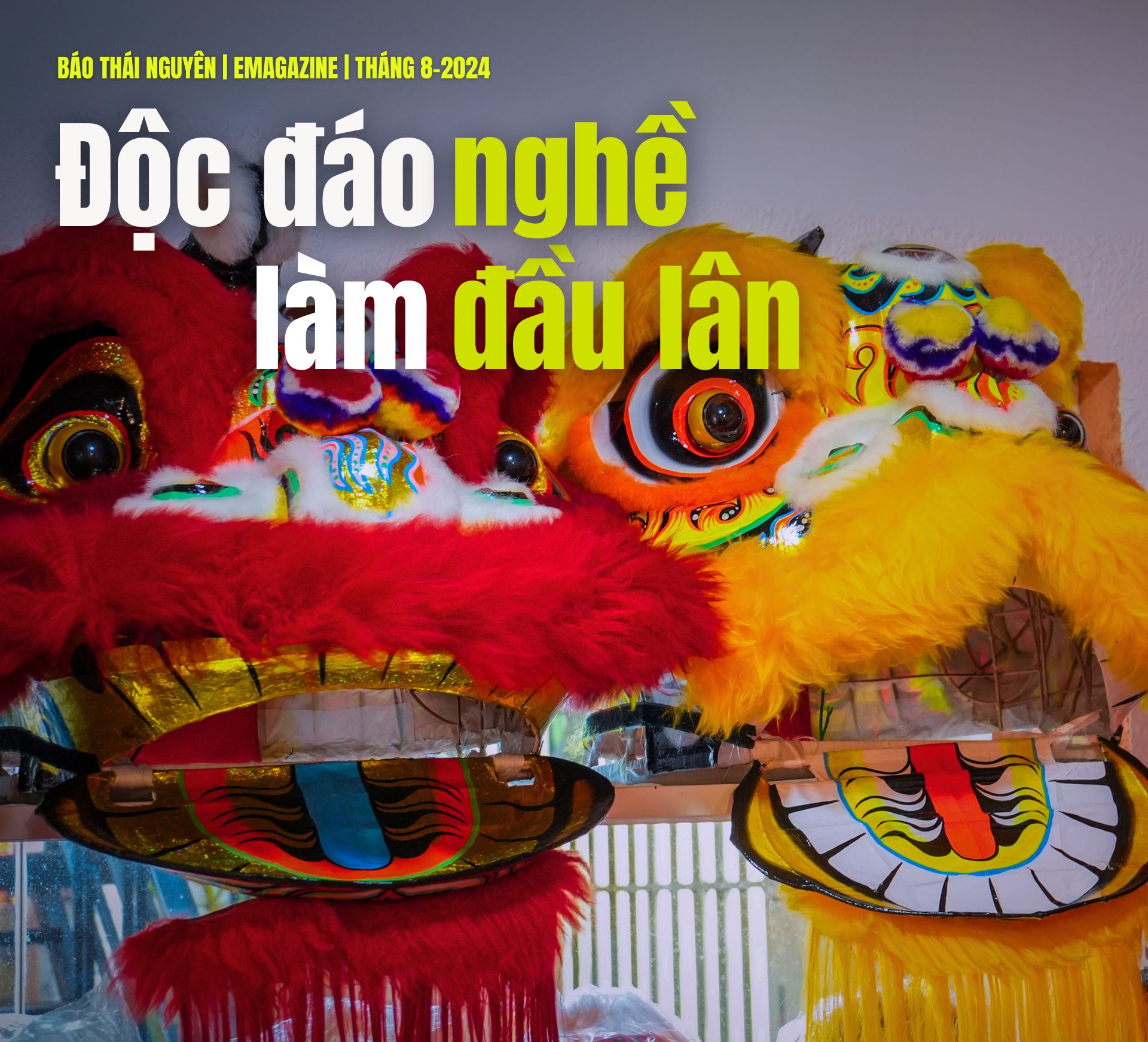 |
Lion and dragon images often appear during festivals, holidays, openings, especially the Mid-Autumn Festival and Lunar New Year, symbolizing luck, happiness and prosperity, opening up good omens. In Thai Nguyen , stemming from the love of art, a group of young people have researched, learned and learned to make lion and dragon heads in a methodical and professional way. Currently, this is the only place in the province that produces large quantities of handmade lion and dragon heads commercially.
 |
Following the busy small street, we came to the lion head making facility (at group 2, Tan Thinh ward, Thai Nguyen city) of Mr. Doan Thanh Tung. In a house of about 100 square meters , Mr. Tung, the owner of the facility, also the leader of the Long Nghia Duong Lion Dance Troupe, and his members were busy completing the last batch of goods to prepare for delivery to the market in time for the Mid-Autumn Festival.
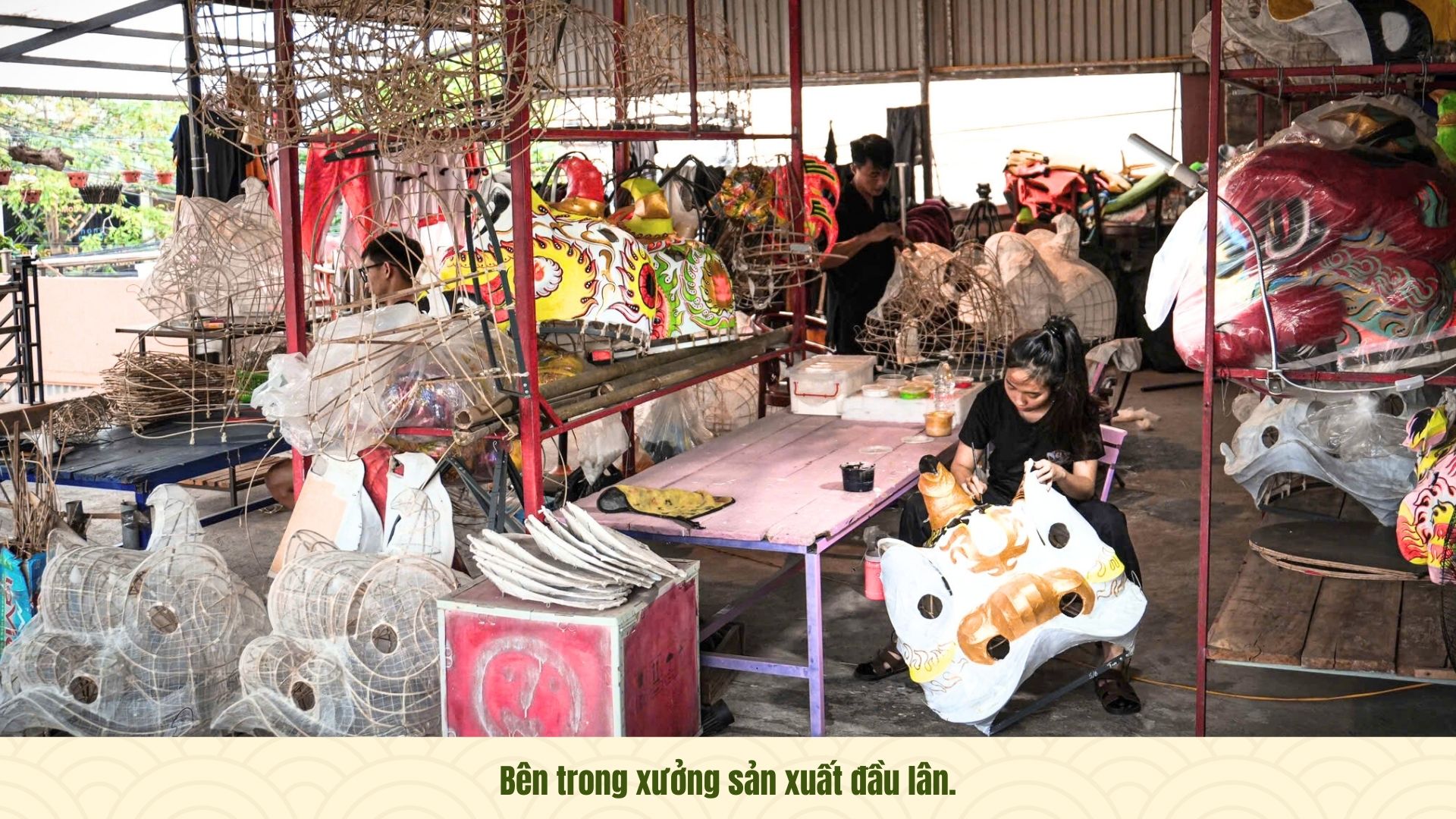 |
Along with the overwhelming feeling of colorful lion heads neatly arranged waiting to be delivered to customers, before our eyes were a series of materials to make handmade lion heads from rattan and bamboo, in addition to mosquito nets, paper, feathers... The newly handmade lion heads were covered with opaque white mosquito nets, lying on the shelves, waiting for the glue to dry before being covered with paper and doing the next steps.
Ordinary people are probably familiar with colorful lion heads, but the lion heads being framed and covered with mosquito nets is probably a sight that few people get to see in person.
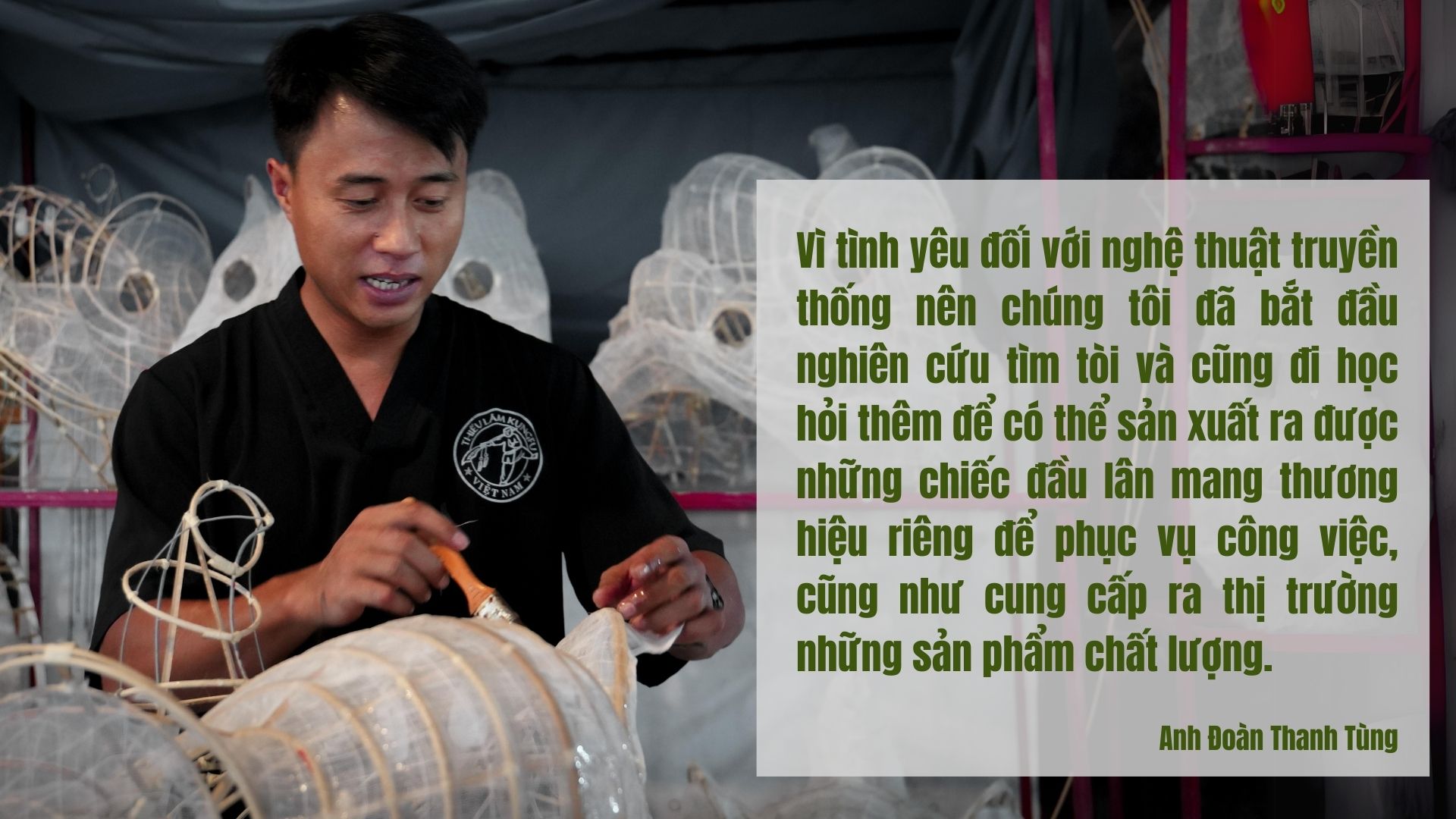 |
 |
In 2022, Mr. Tung and his brothers went to Dong Thap province to "learn the craft" of making handmade lion heads. Each person learned a different step.
Although the materials are rattan, bamboo, and paper, making a lion head is not a simple task. Each person must undertake each step meticulously, paying attention to every small detail so that the colorful lions can retain the spirit of the lion and remain stable and sturdy after the dance.
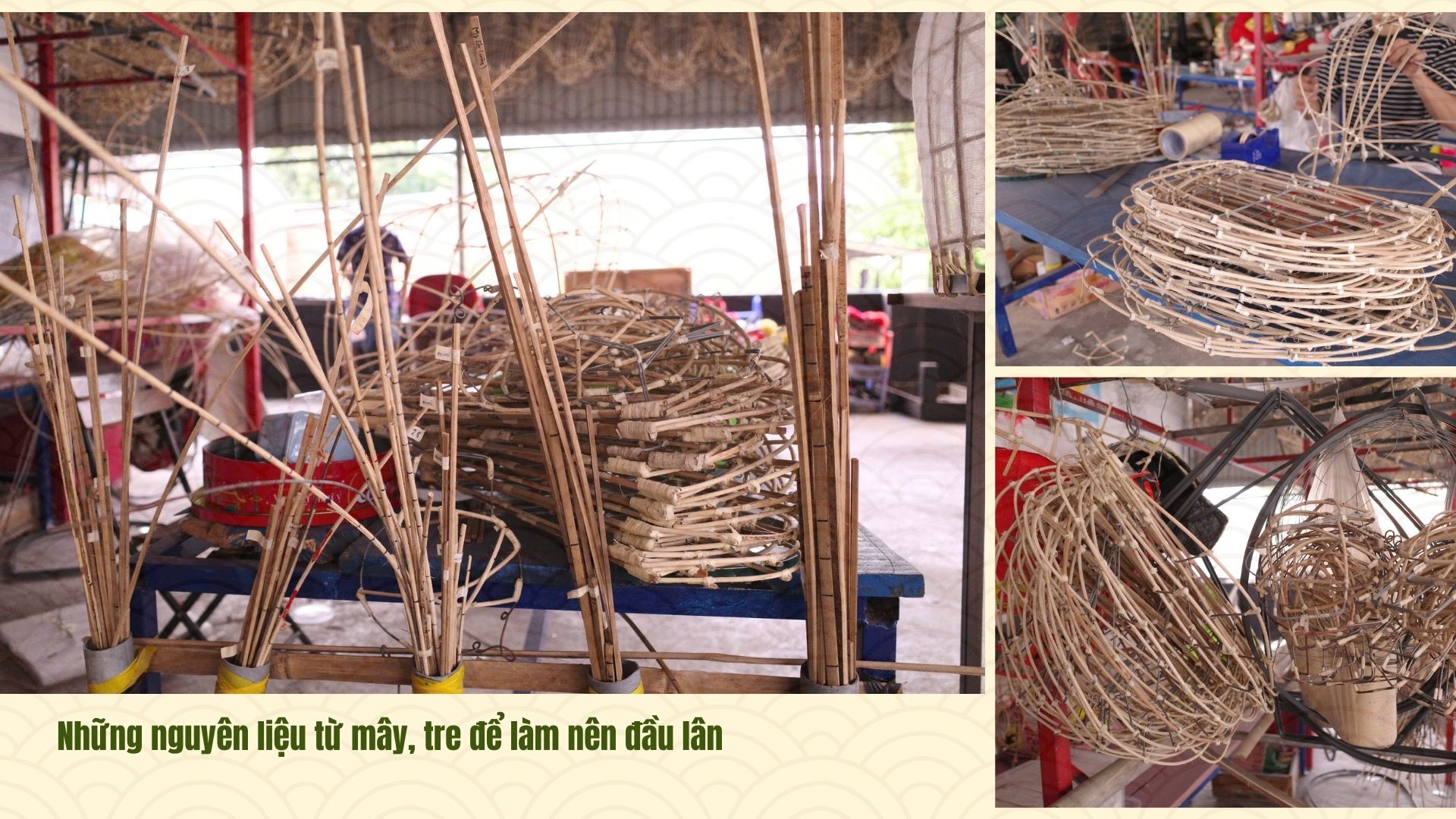 |
According to Mr. Tung: The stages from creating the mold, twisting the frame, weaving, gluing the paper to coloring the background, drawing the patterns all require the craftsman's diligence, patience, and meticulousness, so the craftsman must be like a real artist. In addition, the color coordination and decoration from the head to the tail of the lion are very important to highlight the spirit, bravery, and majesty of this mascot.
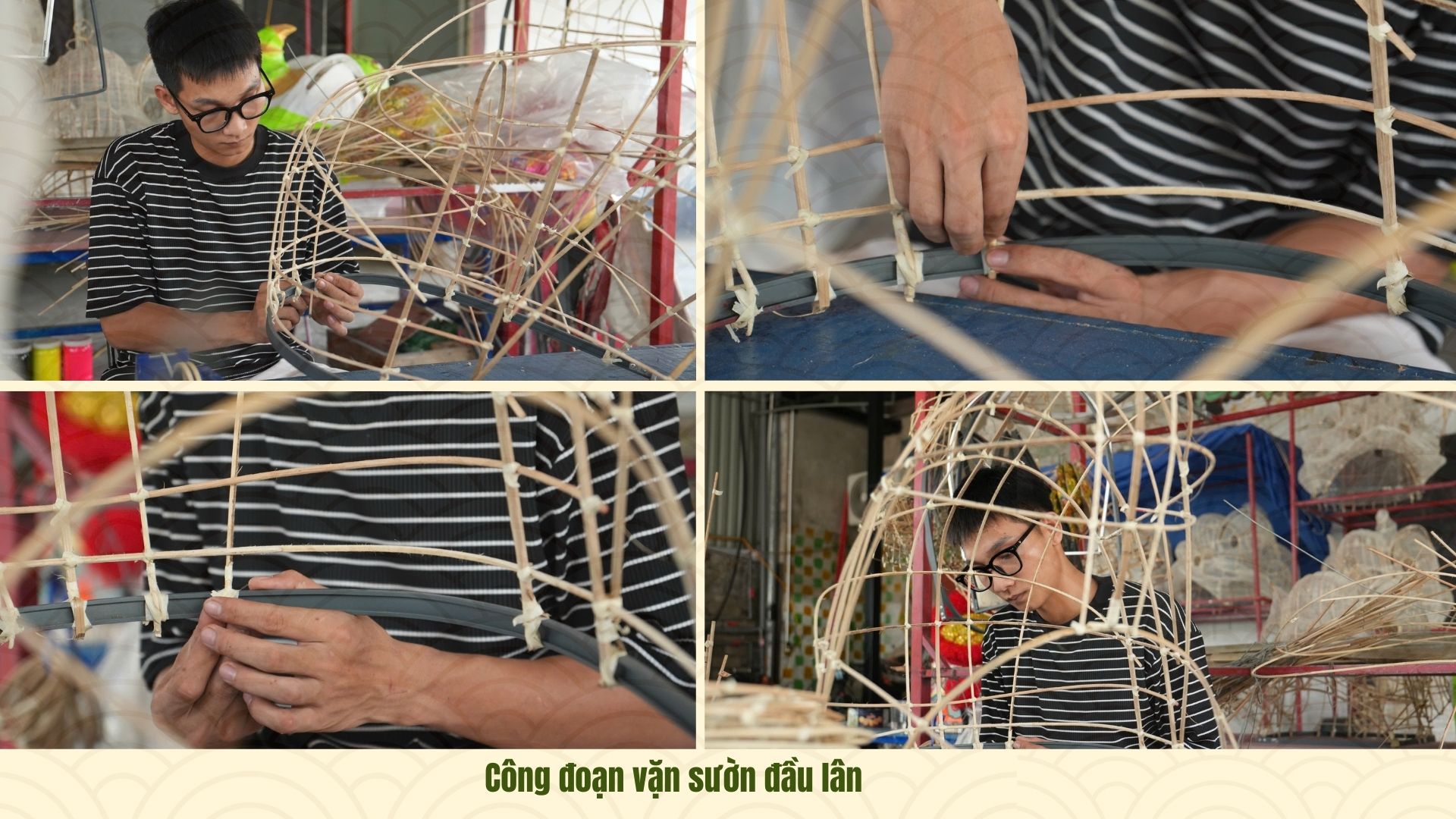 |
Mr. Nguyen Viet Sang, a member of the Long Nghia Duong Lion Dance Troupe, carefully bends rattan sticks to create the frame for the lion's head, this is the first step in the process of creating the lion's head.
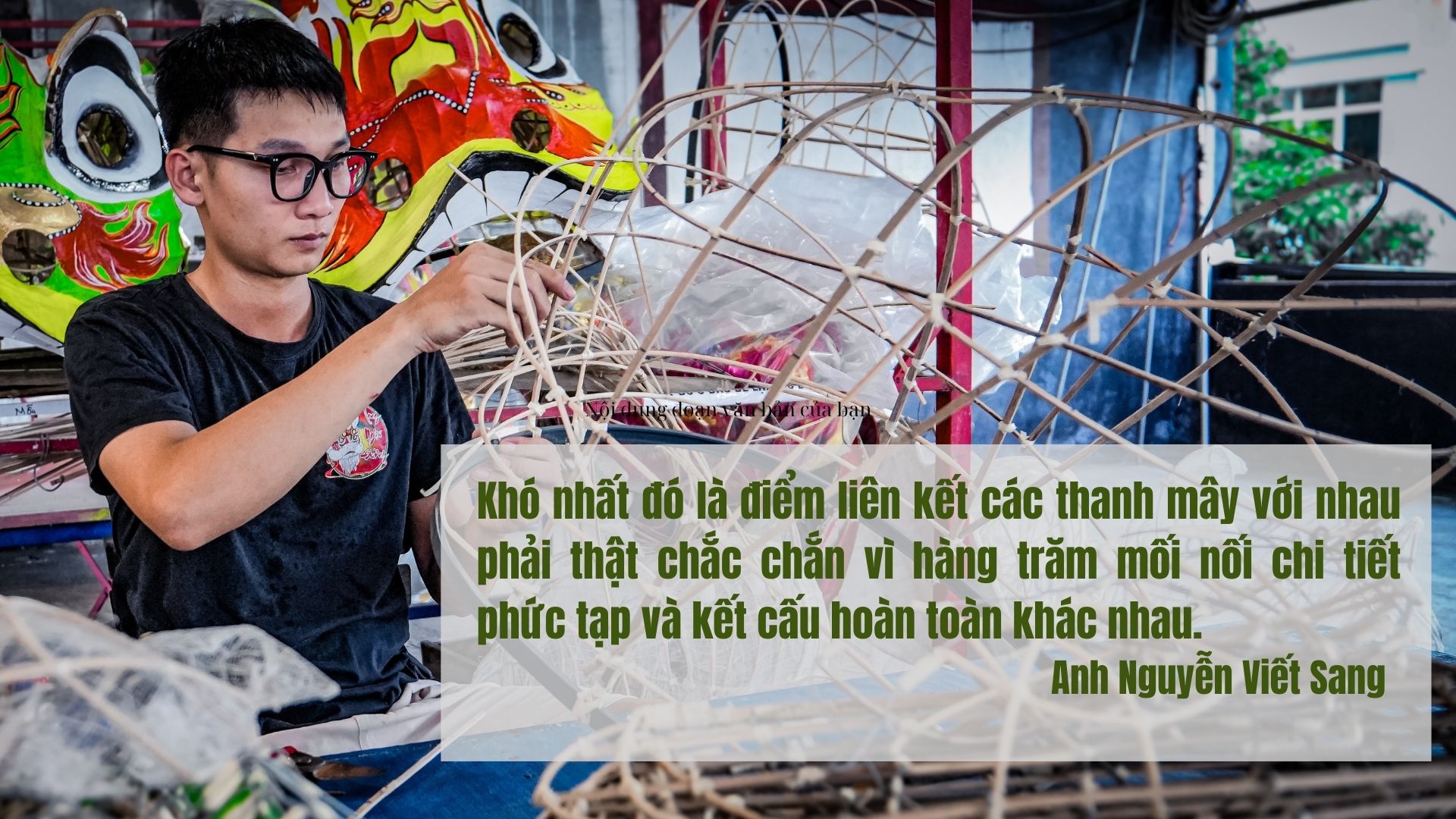 |
These workers have prepared a frame according to standard dimensions and then woven rattan to bend each part of the lion head. A qualified frame must ensure aesthetics and clear lines to easily carry out the next steps.
The step of gluing the mosquito net and paper also requires the worker to glue the paper layer smoothly. Because just one flaw can affect the steps of gluing the fabric, paper and decorative painting. The glue is made from cooked seaweed powder as it has been for hundreds of years.
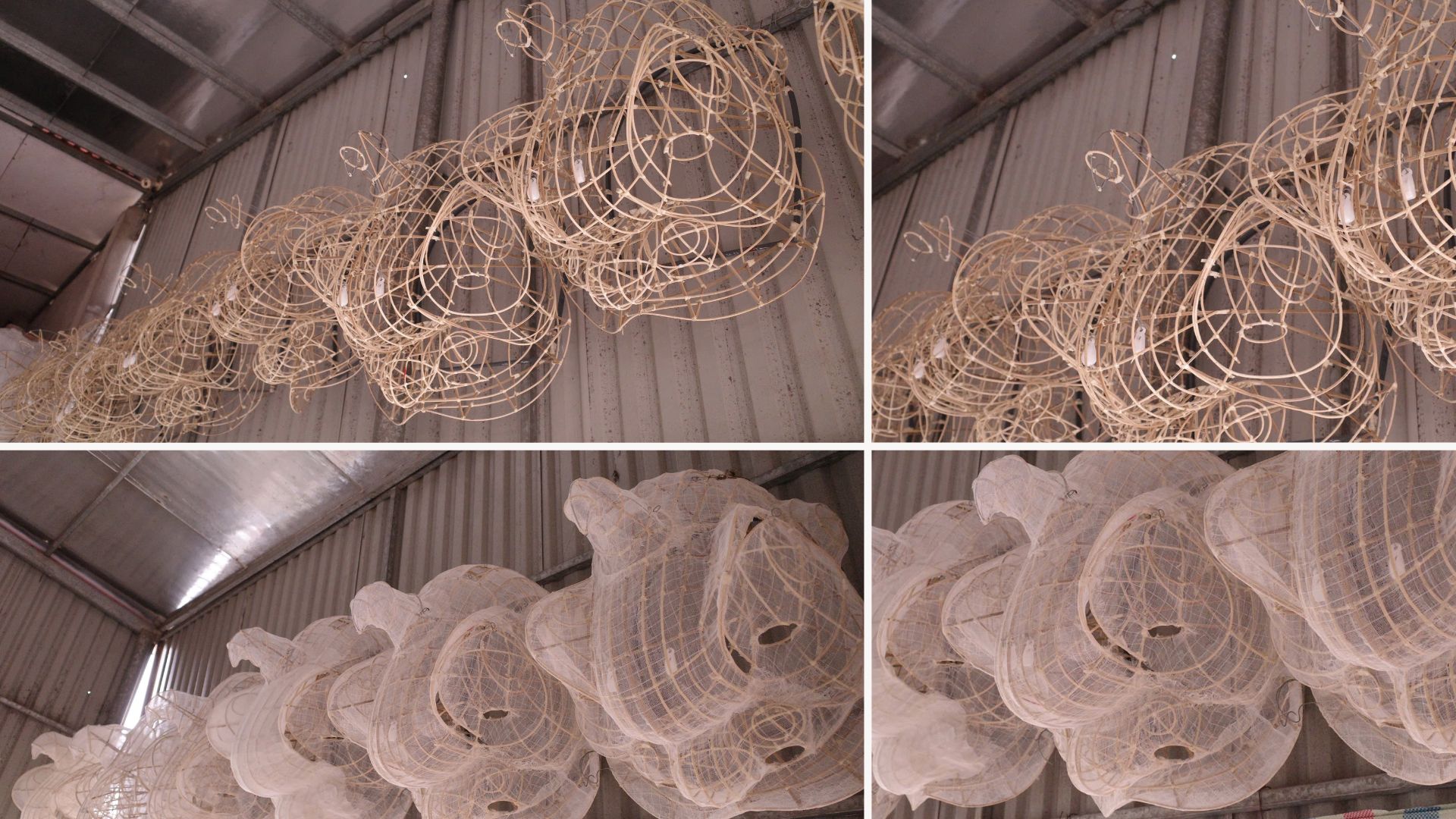 |
 |
The next step is drawing the unicorn, which requires the craftsman's concentration and a lot of practice to be able to draw soft, graceful lines that exude the spirit of the mascot.
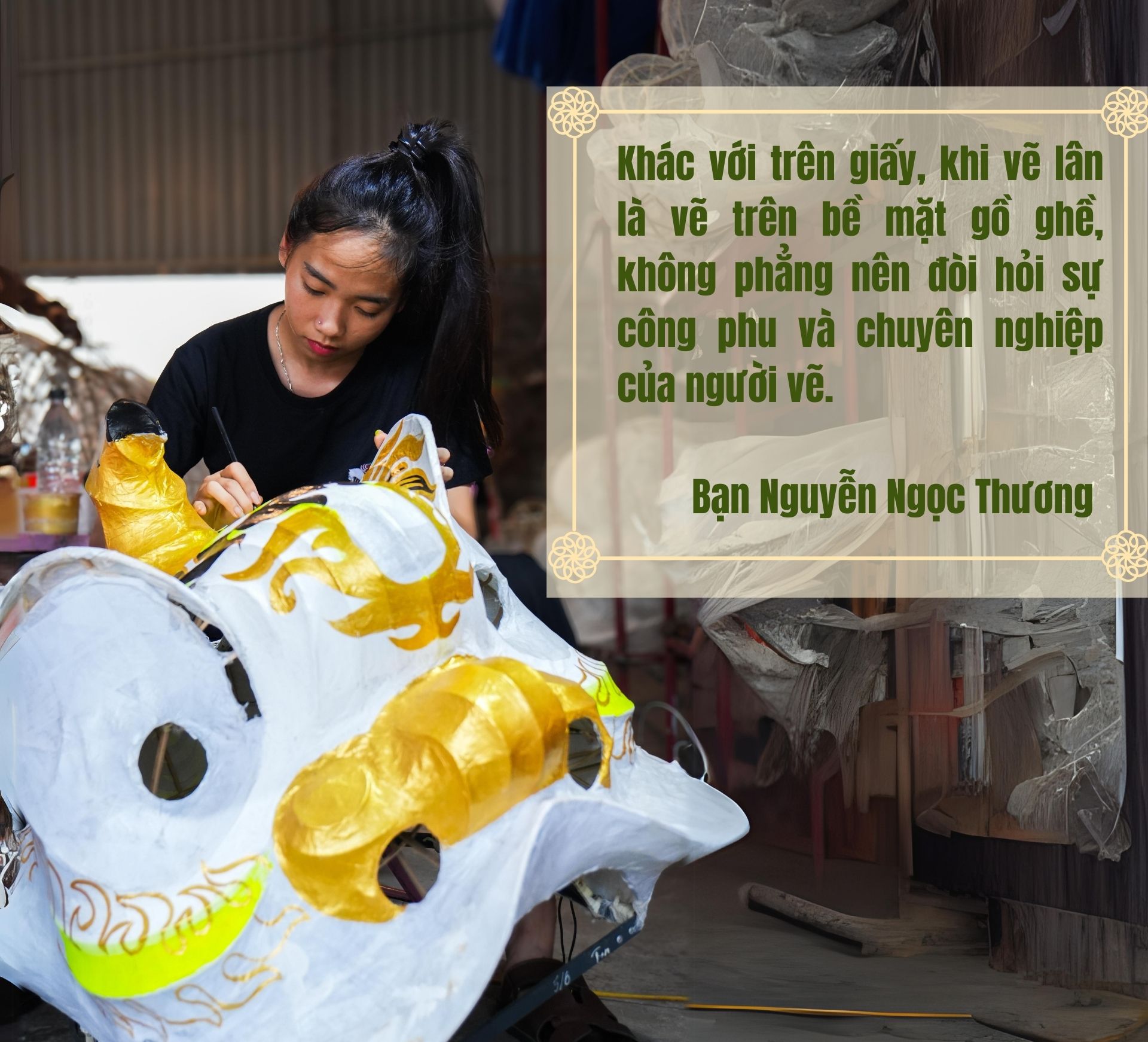 |
To draw a beautiful unicorn, you need to understand colors, color combinations, and types of unicorns. Drawing the eyes of a unicorn is the most difficult step, each pair of eyes must exude its own spirit. A strong unicorn, a fierce unicorn, a gentle unicorn… are all expressed through the eyes. The highlight of the mask is the wide, generous smile.
The lion head has all four noble features of the four sacred animals: dragon jaw, lion nose, phoenix eyebrows, and a turtle tail at the back of the neck. In addition, near the edge there are spikes like fish fins, because fish symbolize success and advancement (fish overcomes the dragon gate, fish transforms into a dragon). The creation of the lion head emphasizes the characteristics of the four sacred animals so that the lion achieves a heroic and majestic demeanor, but is not unfamiliar with the traditional concept of the community.
The lion has many faces: white, yellow, red, blue, black. The three most popular lion heads are white, red, and black. The three lion heads often dance together, symbolizing the “Peach Garden Oath of Brotherhood”: the lion with the yellow face and white beard (Liu Bei), the lion with the red face and black beard (Guan Yu), and the lion with the black face and black beard (Zhang Fei).
 |
The final step to complete the lion head is to glue the fur, make the beard and attach the tail. To make the body flexible, you need to use glittering sequin fabric. With this fabric, the lion or lion will sparkle under the sunlight or light.
|
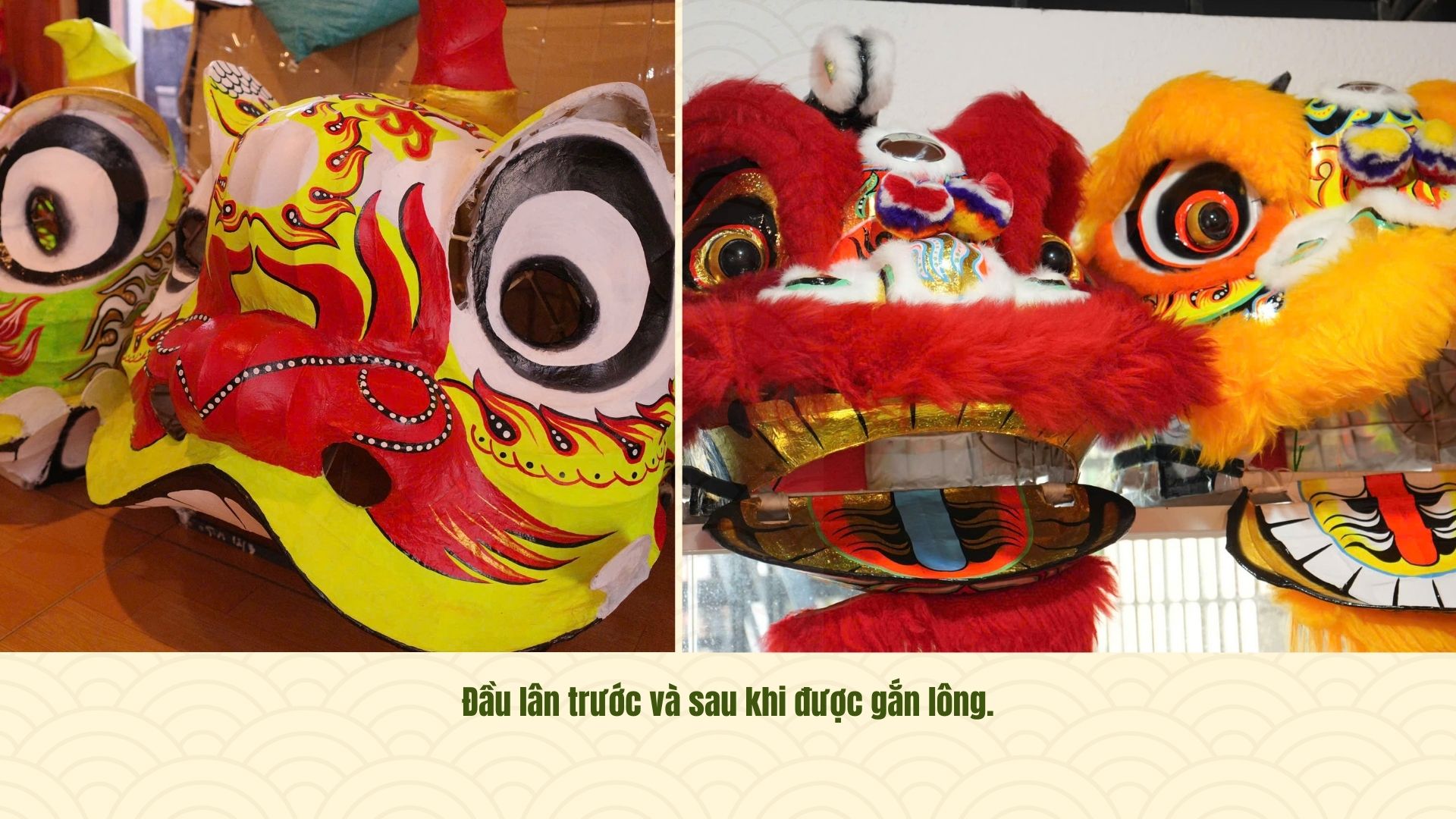 |
Each product is meticulously performed by the members. The lion heads are breathed into life, achieving sophistication. When completed, in addition to the beauty of color and shape, the lion head must have expressive eyes, a fierce but fresh mouth, be compact, light, durable, and able to withstand impact so that the students can perform difficult performances such as "Lân lên mai hoa thung", "Trúc thanh", "Lân chơi cầu"...
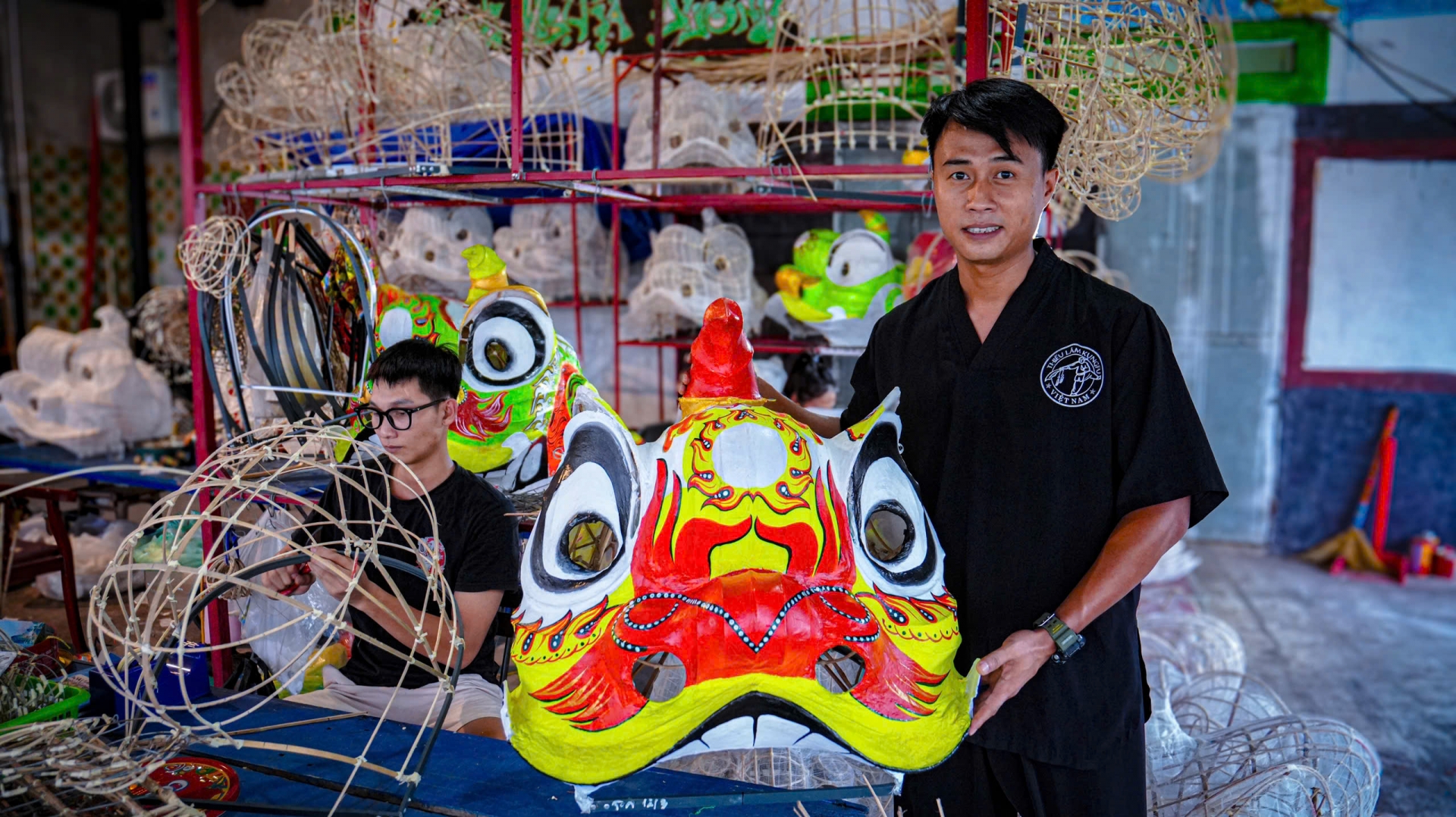 |
Each lion head from design to completion takes about 5-10 days, so customers who want to buy the product usually order in advance. After more than a year, the facility has sold several hundred lion heads to the market in and outside the province. When in season, many times, members have to stay up all night to ensure orders for customers. Each handmade lion head is sold for 4-6 million VND.
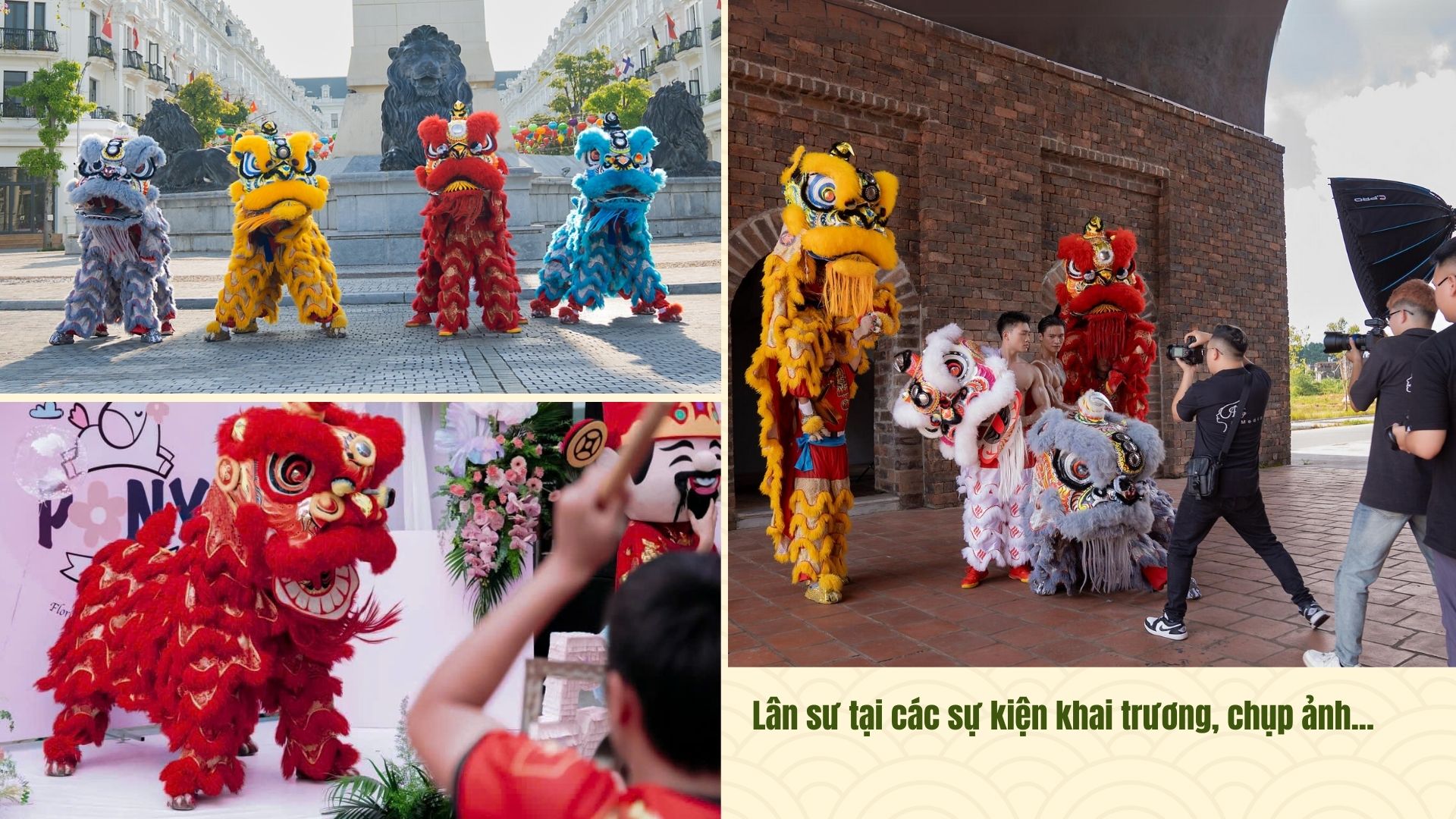 |
Despite the hot weather and busy work, the atmosphere here is very cheerful. The lion-head makers seem to consider this not only as a job to earn a living but also as a place to express their love and emotions into the inanimate materials that bring joy to both children and adults every Mid-Autumn Festival.
Although making traditional lion heads does not bring in a very high income, the craftsmen here are all passionate about their profession. In the middle of the bustling city, this small workshop still has people working day and night with their passion.
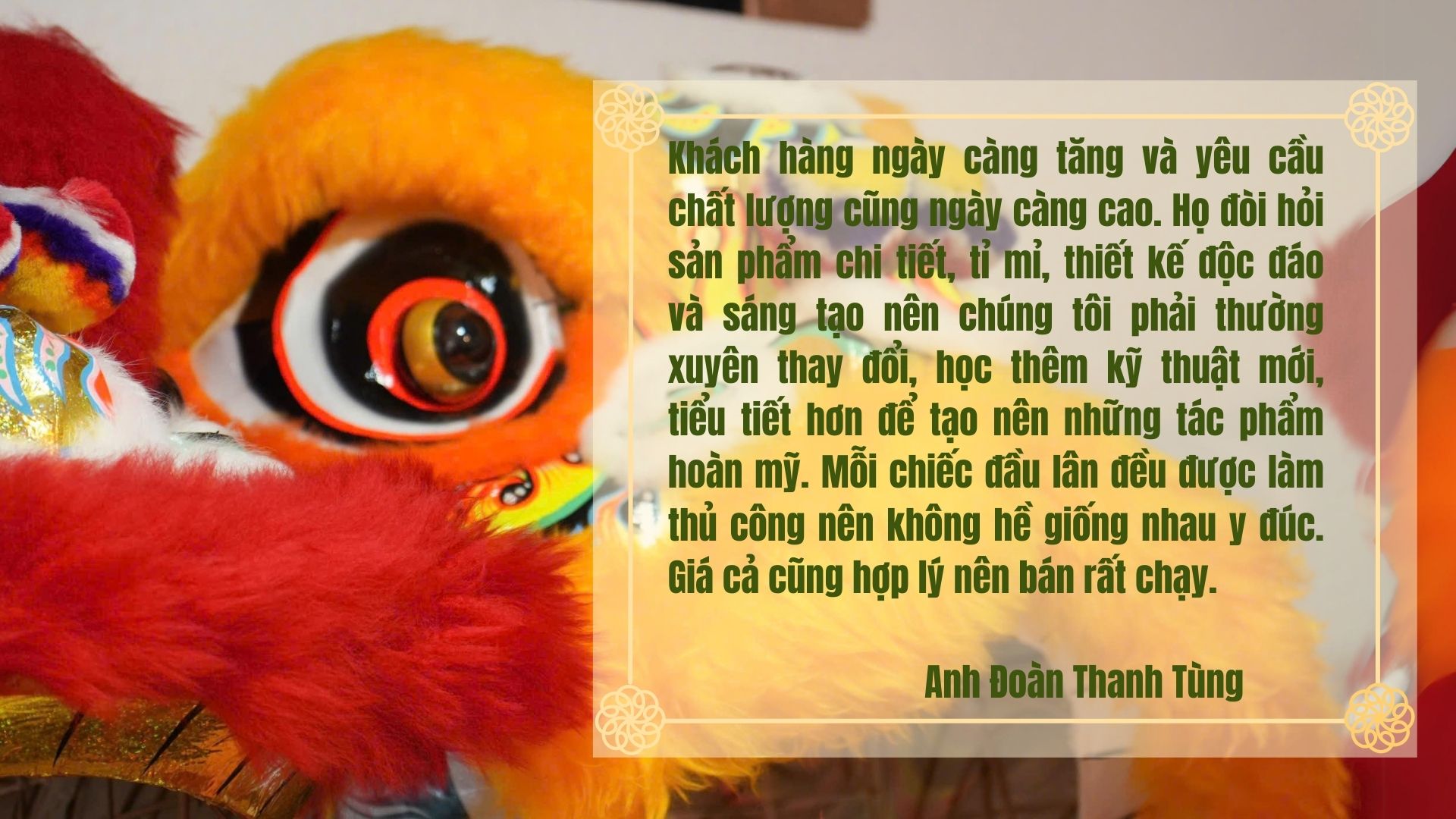 |
More than a hundred years ago, the art of lion-dragon dance was introduced to Vietnam, and the craft of making lion heads also developed accordingly. With only rattan, bamboo, and bamboo pieces that were trimmed and bent, they fully expressed the majestic, heroic features, majestic expressions, and joyful emotions of the sacred animals in this art form.
The art of lion dance or lion heads is an artistic quintessence, imbued with cultural identity. Mr. Tung and these young people understand that, they have been and are continuing to preserve, spread and bring these values to contribute to enriching the spiritual and cultural life of the community.
 |
Source: https://baothainguyen.vn/multimedia/emagazine/202408/doc-dao-nghe-lam-dau-lan-f1702ac/


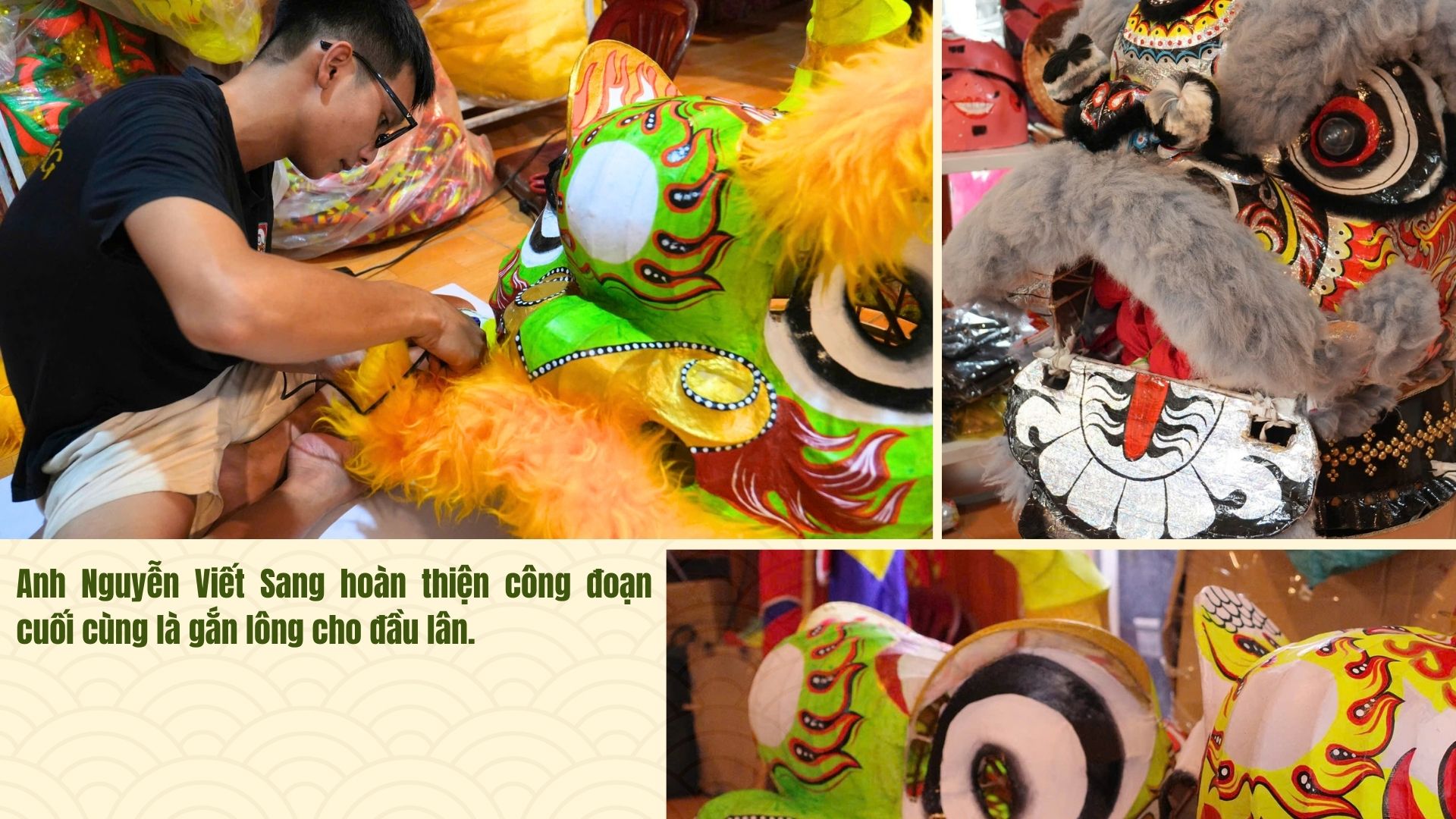





![[Photo] Nhan Dan Newspaper launches “Fatherland in the Heart: The Concert Film”](https://vphoto.vietnam.vn/thumb/1200x675/vietnam/resource/IMAGE/2025/10/16/1760622132545_thiet-ke-chua-co-ten-36-png.webp)
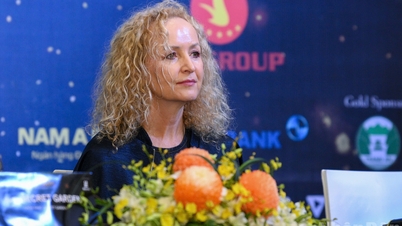

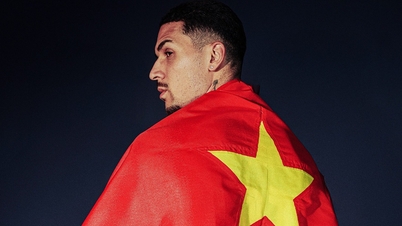

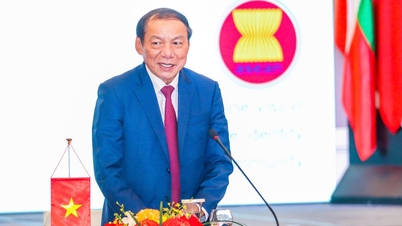

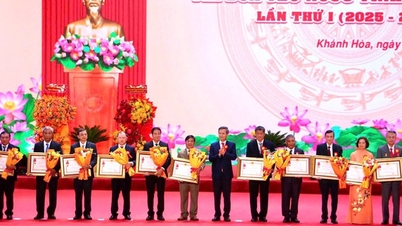

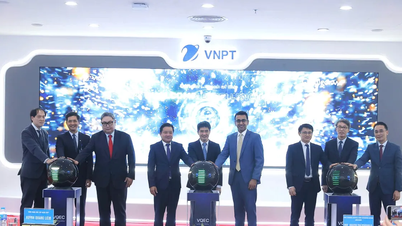



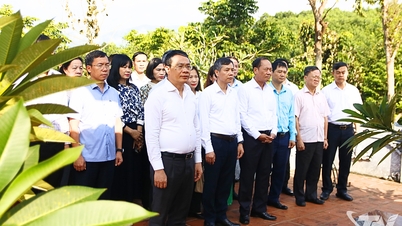
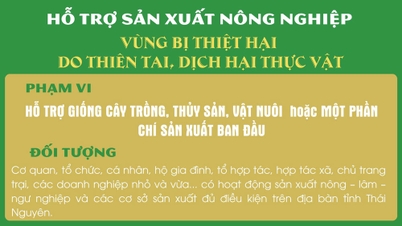
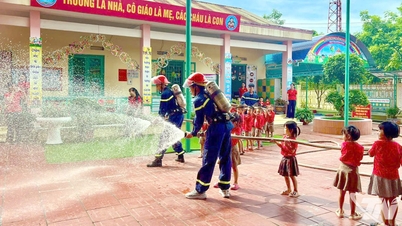
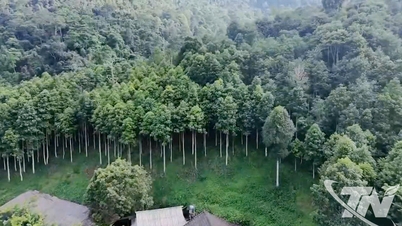
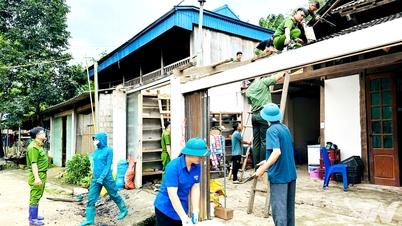






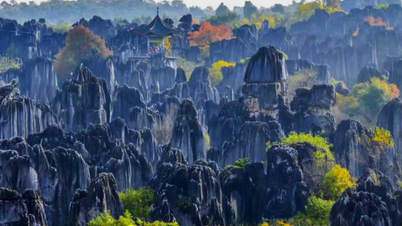
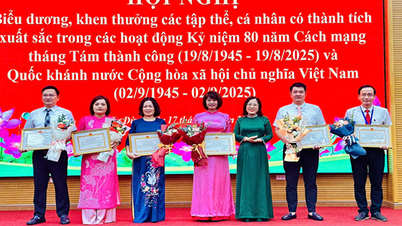

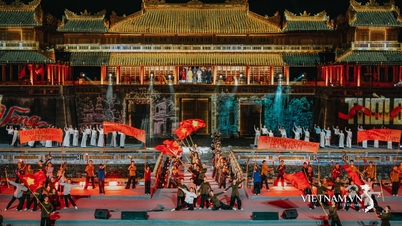


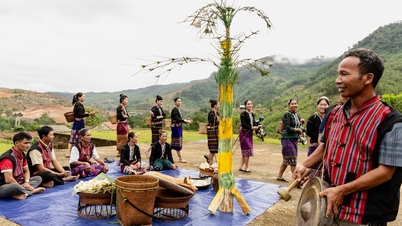



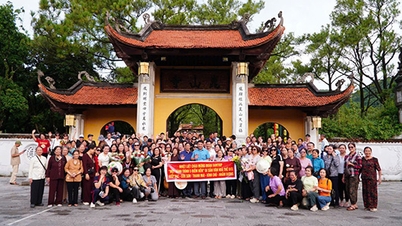




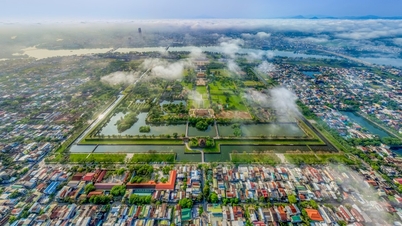







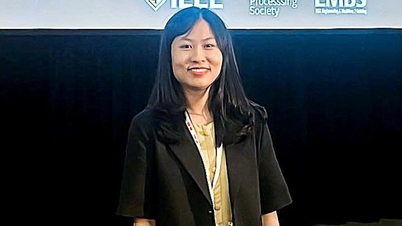



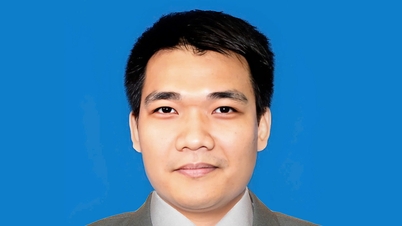



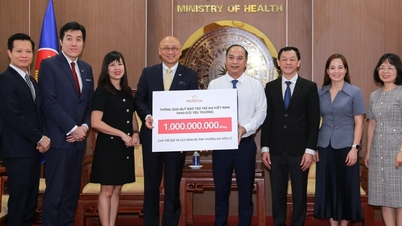
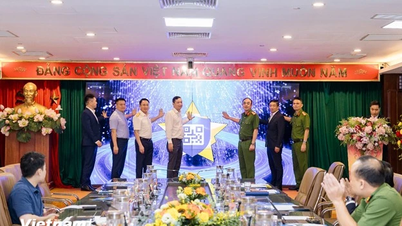
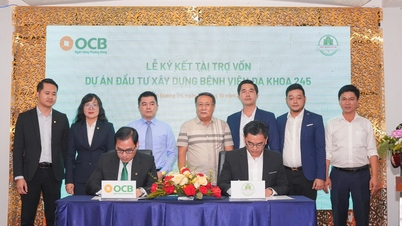
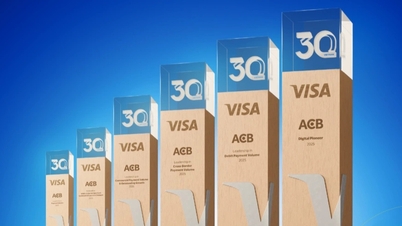
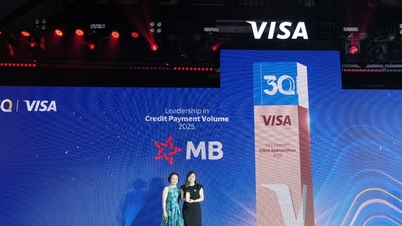







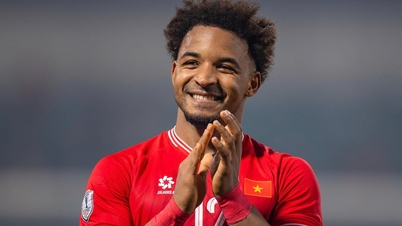
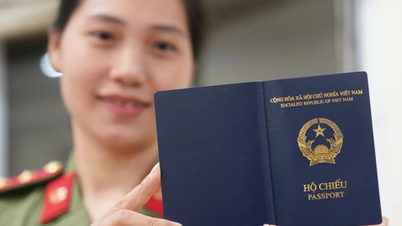

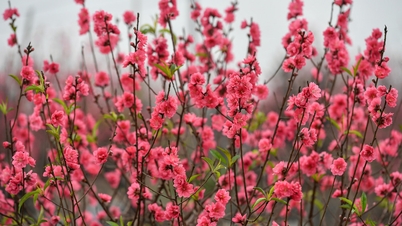





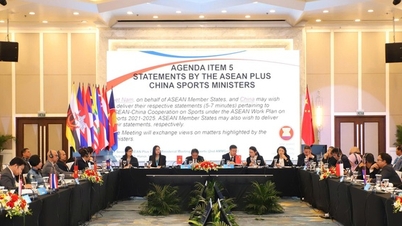
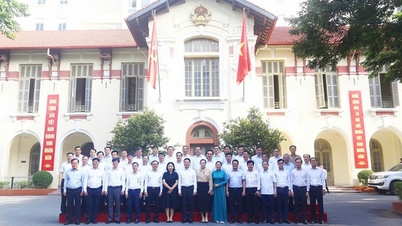

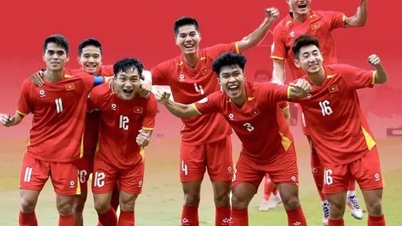


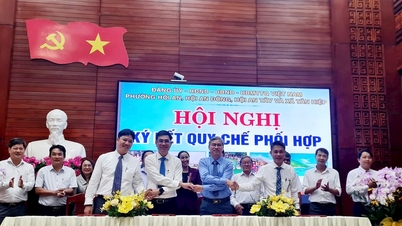



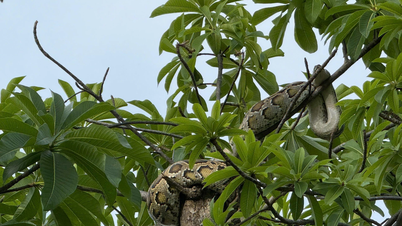



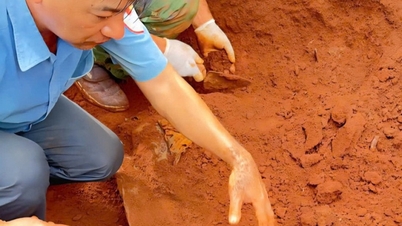



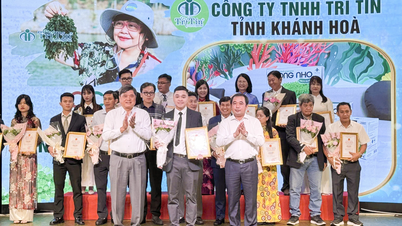
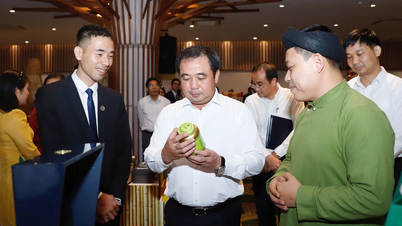






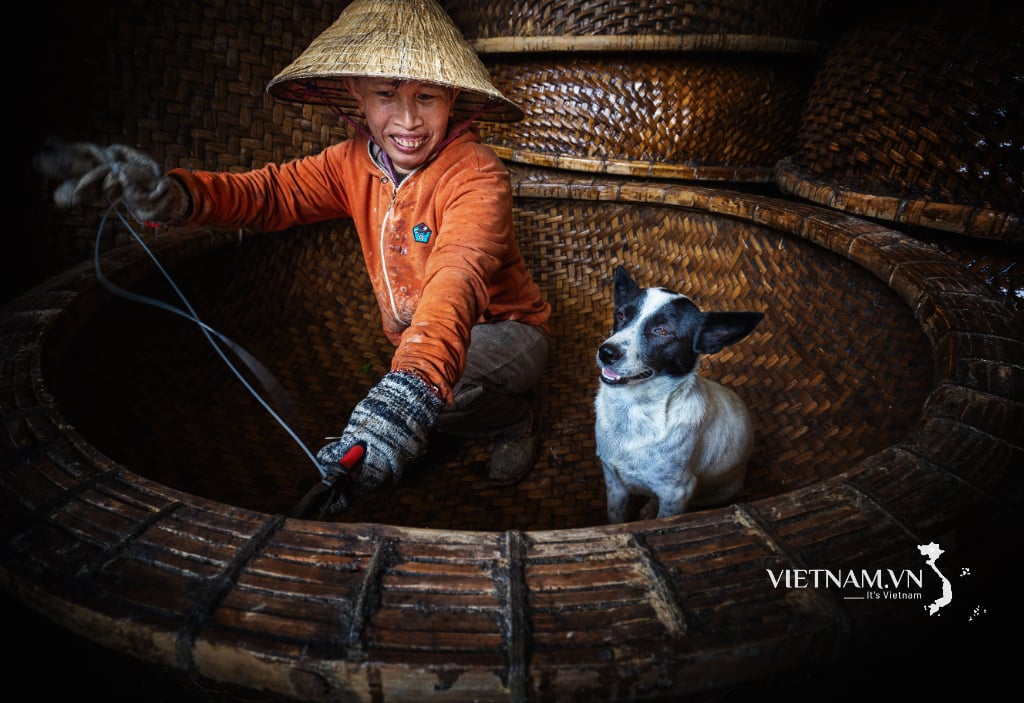



Comment (0)